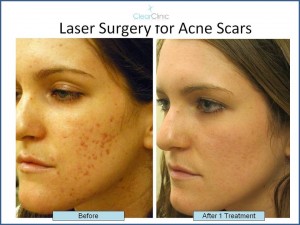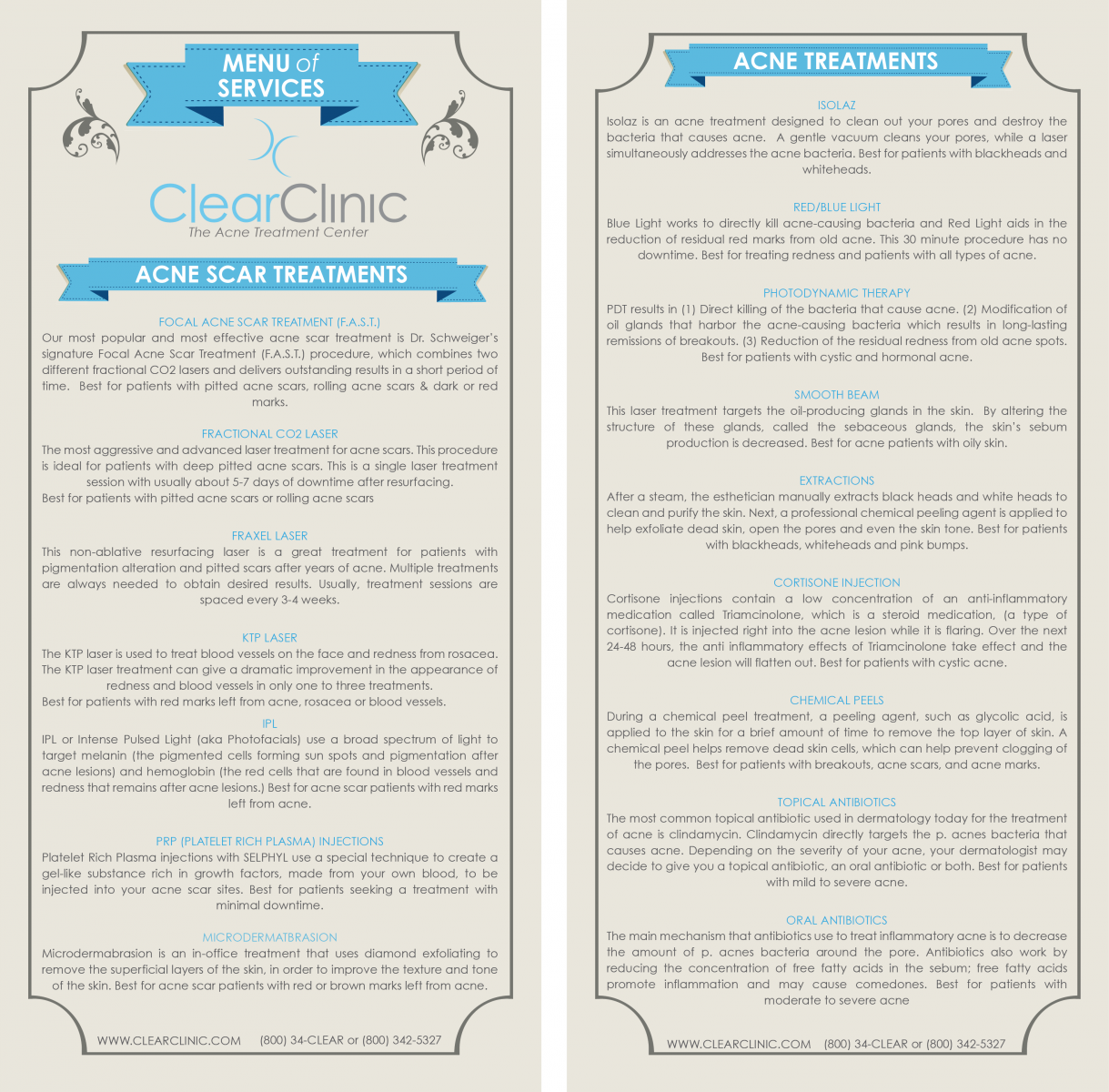Treating Acne in the Winter
It is important to tailor your acne regimen to the season and area in which you are living. During the summer months, or in tropical climates, there is plenty of moisture in the air to keep your skin from becoming dry after using new acne medications. However, during the winter months, there are unique concerns that must be addressed when treating acne in the winter. Dr. Schweiger explains that, “During the winter months, the lack of moisture in the air can result in more sensitive skin that is unable to tolerate the same drying acne medications that are used during summer months. If an acne medication, such as a retinoid, causes dryness, the barrier of the skin can break down and excess moisture escapes from the skin. It is important to discuss your acne regimen with your provider as the winter months approach and confirm that you are using the best medication for your skin type. Additionally, it is important to use gentle cleansers and moisturizers during this time, to add lost moisture back into your skin.”
Tips for treating acne in the winter:
- Use only a small amount of your topical acne medications (the size a pea is sufficient for treating the entire face!)
- Apply moisturizer before and after using your topical retinoid during the winter months, particularly if you find your skin to be very dry.
- Apply drying acne medications only three nights a week initially – with time, you will be able to apply them more frequently without causing dryness.
- Avoid harsh astringents or alcohol-based products, they will only dry out your skin further.
Click here to learn more about treating acne for people with dry skin.












